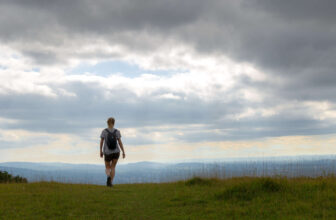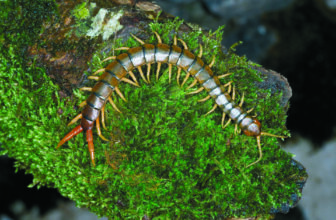
by Miki Marks (Main Photo – Goat willow (salix caprea) in a public park)
You might have noticed that a good number of spring flowers are yellow. Not only does this vibrant colour remind us of warm, sunny days to come but also it is thought that such an bright and showy colour attracts early insects. Think primroses, daffodils or celandines. Another example are the catkins of the goat willow – salix caprea – also known as pussy willow. The soft, grey coloured catkins have bright yellow stamens and provide excellent forage to early pollinators. Most catkin bearing trees are pollinated by the wind, but the pussy willow has an extra strategy: its colour attracts the first insects in the spring, which carry pollen from male to female flowers. If you listen very carefully near a pussy willow, you might hear the hum of tiny wings belonging to hoverflies, bluebottles and newly emerged queen bumble bees which feed avidly on the pollen. Honey bee workers emerging from their winter coma find the catkins irresistible and so do the mining bees. Butterflies also feast on the pollen of the pussy willow and you might spot brimstone, small tortoiseshells and peacocks. Next colour in popularity with insects after yellow is blue – crocus hedge their bets.
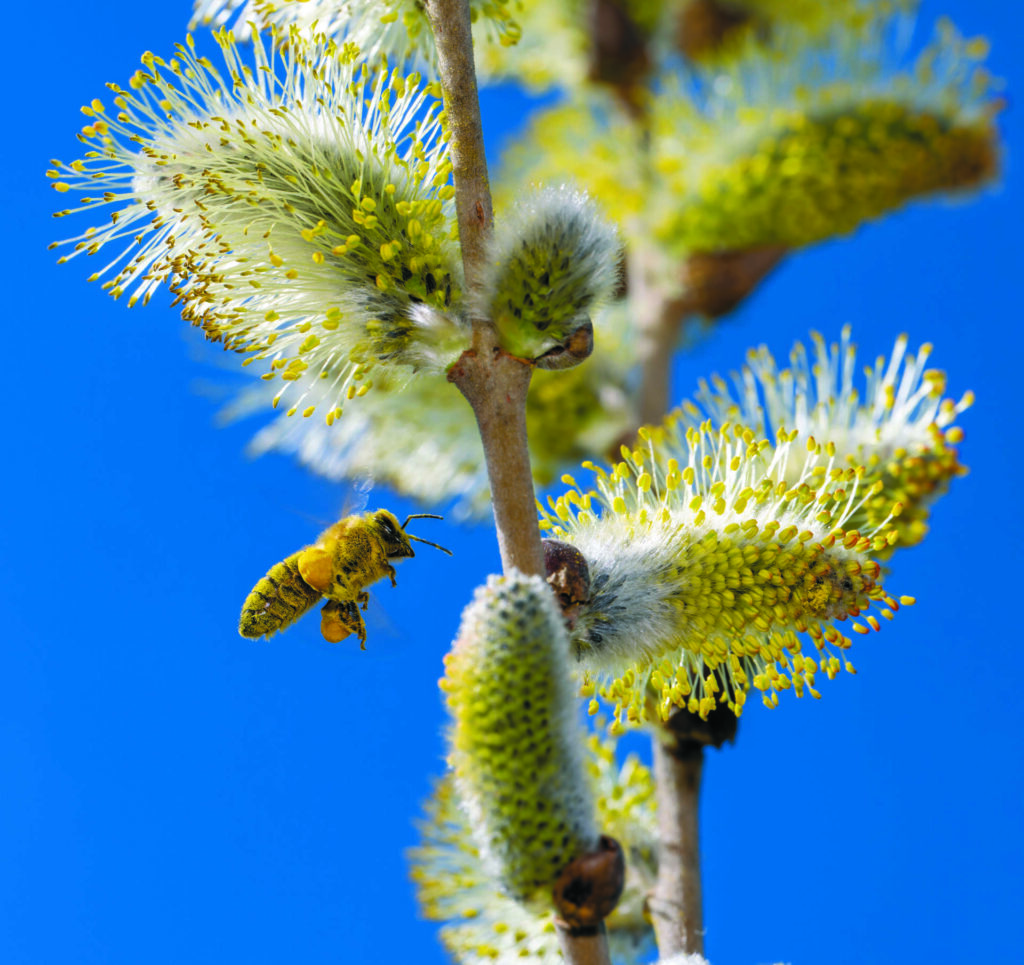
According to the naturalist Robert Burton there was an old tradition for taking branches of pussy willow into churches on Palm Sunday instead of palms which are not so readily available.
Noticing, identifying and naming are closely connected and essential when observing nature – not just seeing it. The Inuit people are supposed to have, by some accounts, 25 words for snow. They get so much of it that they observe small differences in the kind of snow and have words to describe the differences. The North West of the UK gets copious amounts of rain; in Cumbria, for example, it is said to rain at least 200 days a year. So it is not surprising that there are rain spotters with many names for what they experience. Mizzling, drizzling, spitting, streaming, smirring, stotting, sploshing ’ hoyin it down’, plothering. More common words are sleeting and pouring. The term ‘raining cats and dogs’ is rather bizarre and searching in books and on Google offers no definitive explanation. It could be that it comes from catadoxa – which is Greek for ‘contrary to experience or belief’. Or that is comes from catadupe – which is an obsolete Old English word for ‘cataract or waterfall’. My friend Joy Horn has found a third explanation. The phrase appears for the first time in Tudor times – when the drains and sewers, especially in London, were practically non-existent. The idea is that when there was a very heavy downpour the sewers would spew forth drowned dogs and cats. And why the Welsh apparently say of heavy rain mae hi’n brwr hen wragedd affyn, which translates as ‘raining old women and sticks’ is anyone’s guess and an example of a phrase not based (one hopes) on direct observation. I have been trying to think of a new rain name for that nasty stuff, blown horizontally by the strong recent winds, which gets under hood or umbrella, down the back of the raincoat’s collar and up the hem. The best I can do is slanty-slop.
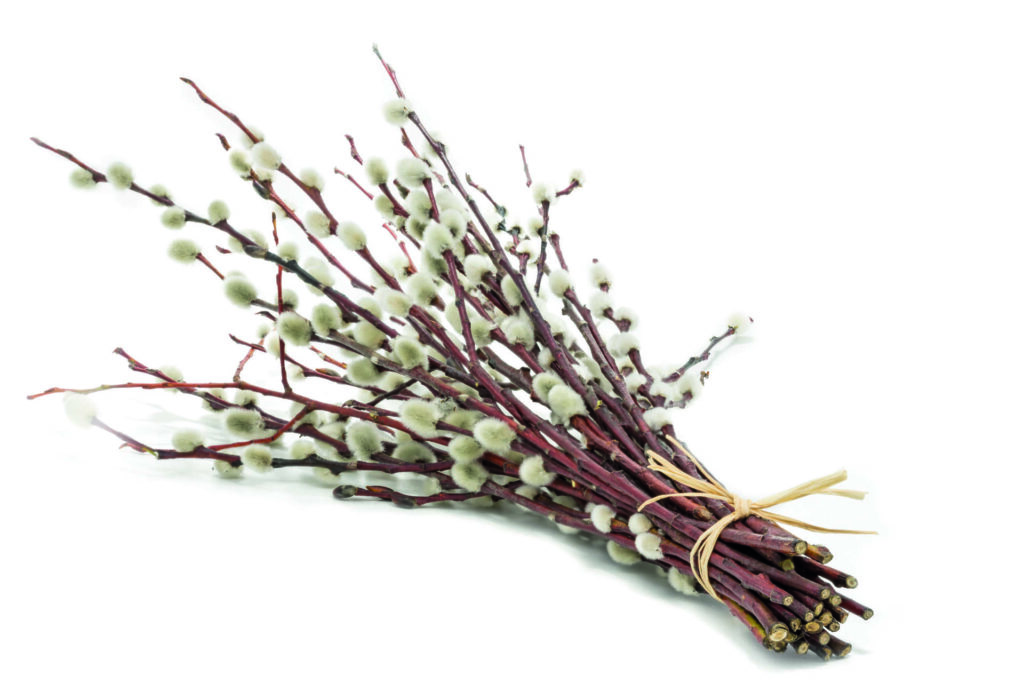
When I started writing this monthly piece some years ago my editor suggested the title ‘Wild Wonders’. A very appropriate choice; I find that the research I do and the discoveries I make all around me, convince me that nature is indeed wonder-full. Wonder is both an intellectual and emotional state, and it has rightly been said that people who don’t find wonder in nature, will have no reason to care for it or protect it.

Jeremy Mynott has written a most interesting and accessible book called The Story of Nature. He traces our attitudes and involvement with nature – past, present and future. His study shows how human imagination and wonder can play a restorative role. He quotes from a rather alarming recent study of first year undergraduate students at Oxford who are studying biology. Only 55% could name 5 British bird species. Only 12% could name five butterfly species and 47% could not name even one. How can you study a blackbird if you can’t tell it from a starling or a crow? In 2015 nature names like otter, lark, bluebell and newt were dropped from the Oxford Junior Dictionary. In their defence, the editors stated that they were only reflecting society and nature words were replaced by words from new technology like voicemail or broadband.
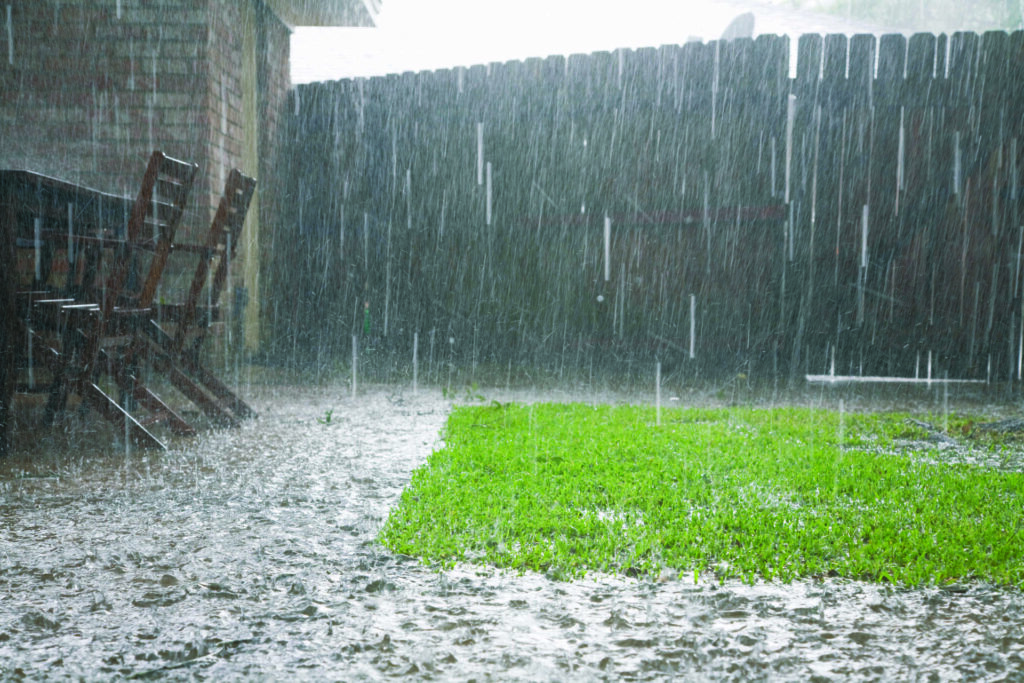
Fortunately there are some signs that this problem has been recognised and is being addressed. Even though the emphasis of a number of nature books is what nature can do for us in terms of health – it is to be hoped that alongside this trend there will be an appreciation of nature for its own sake.




